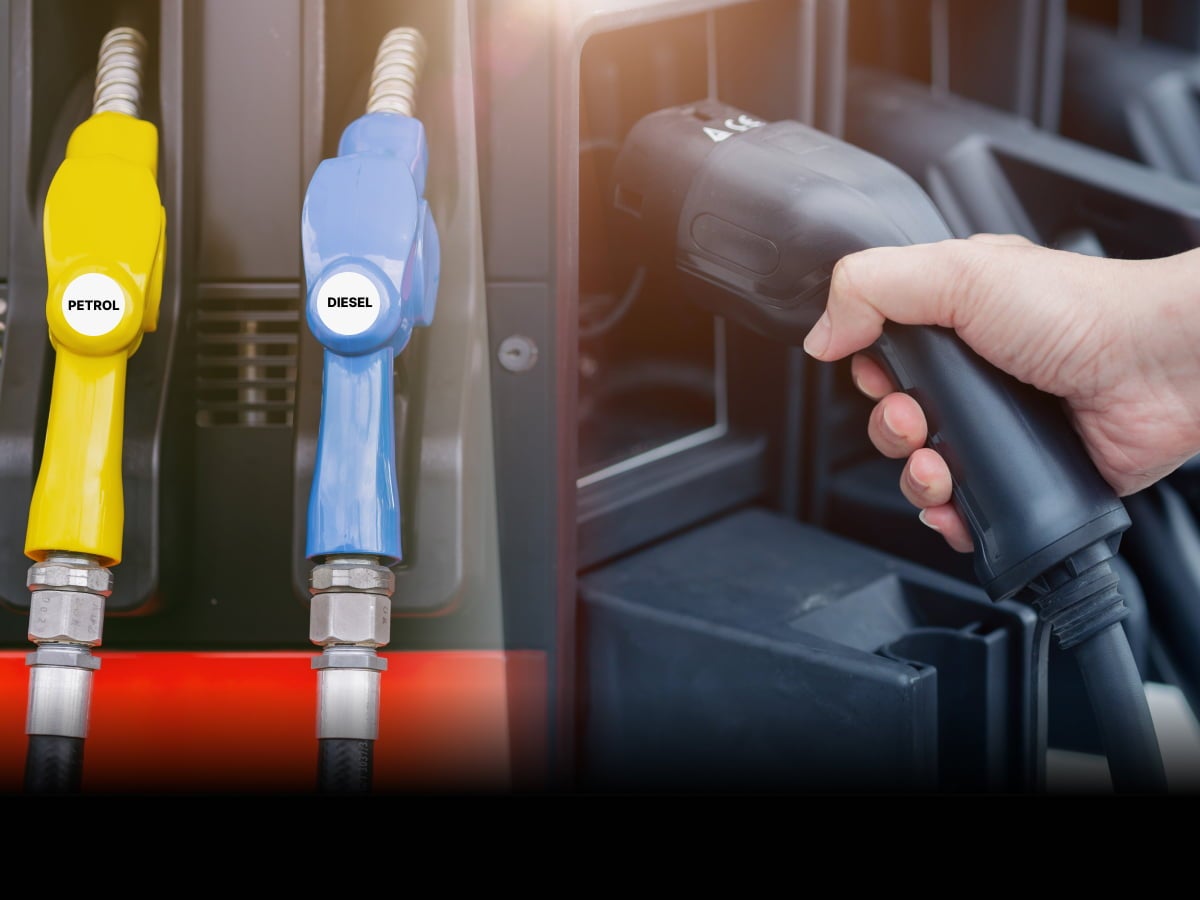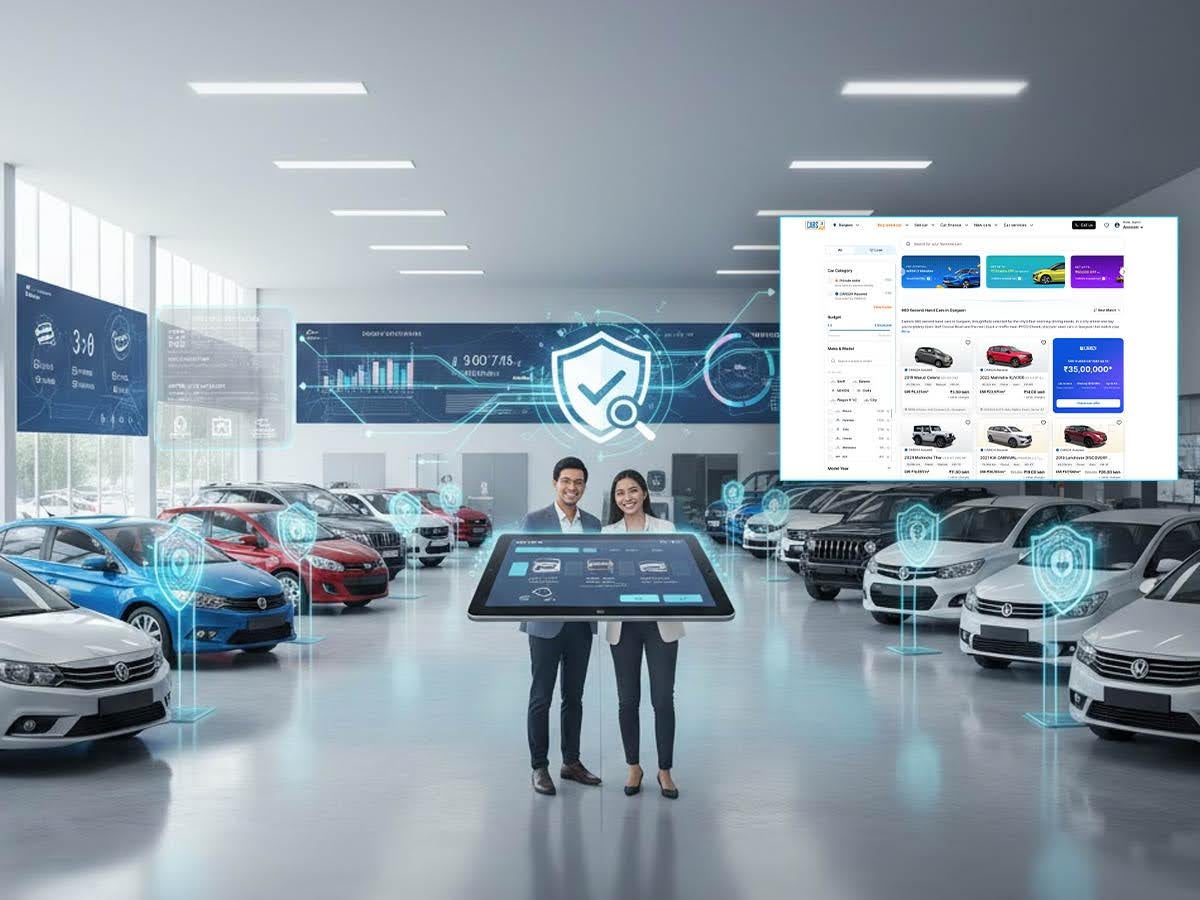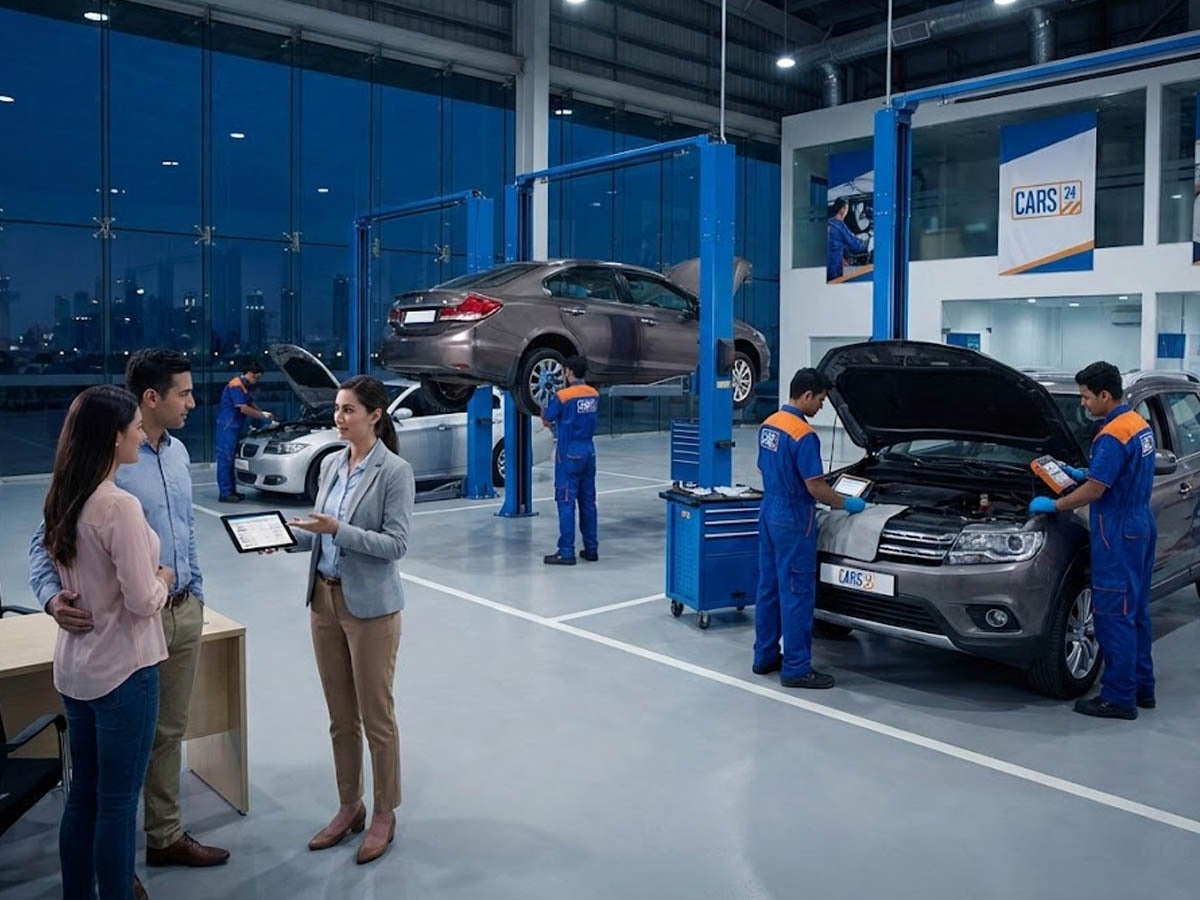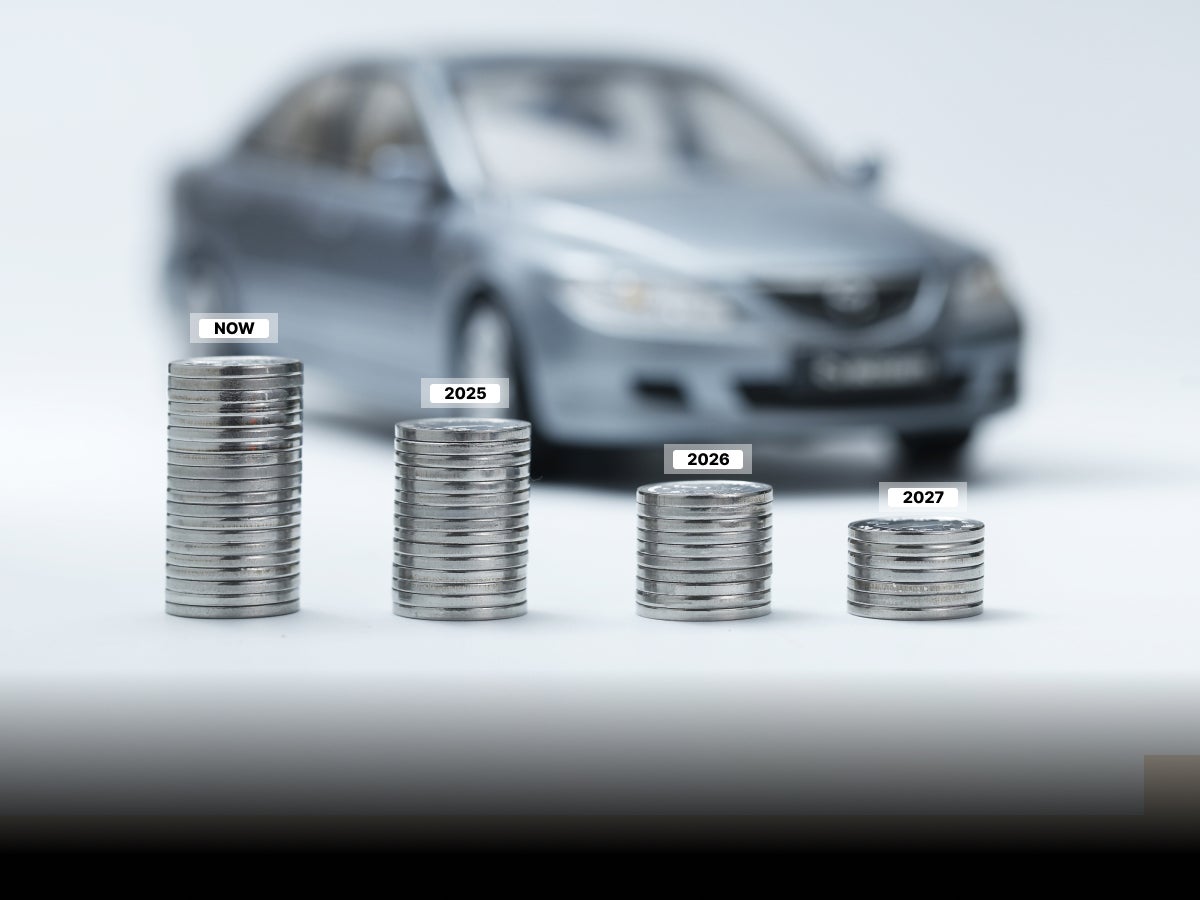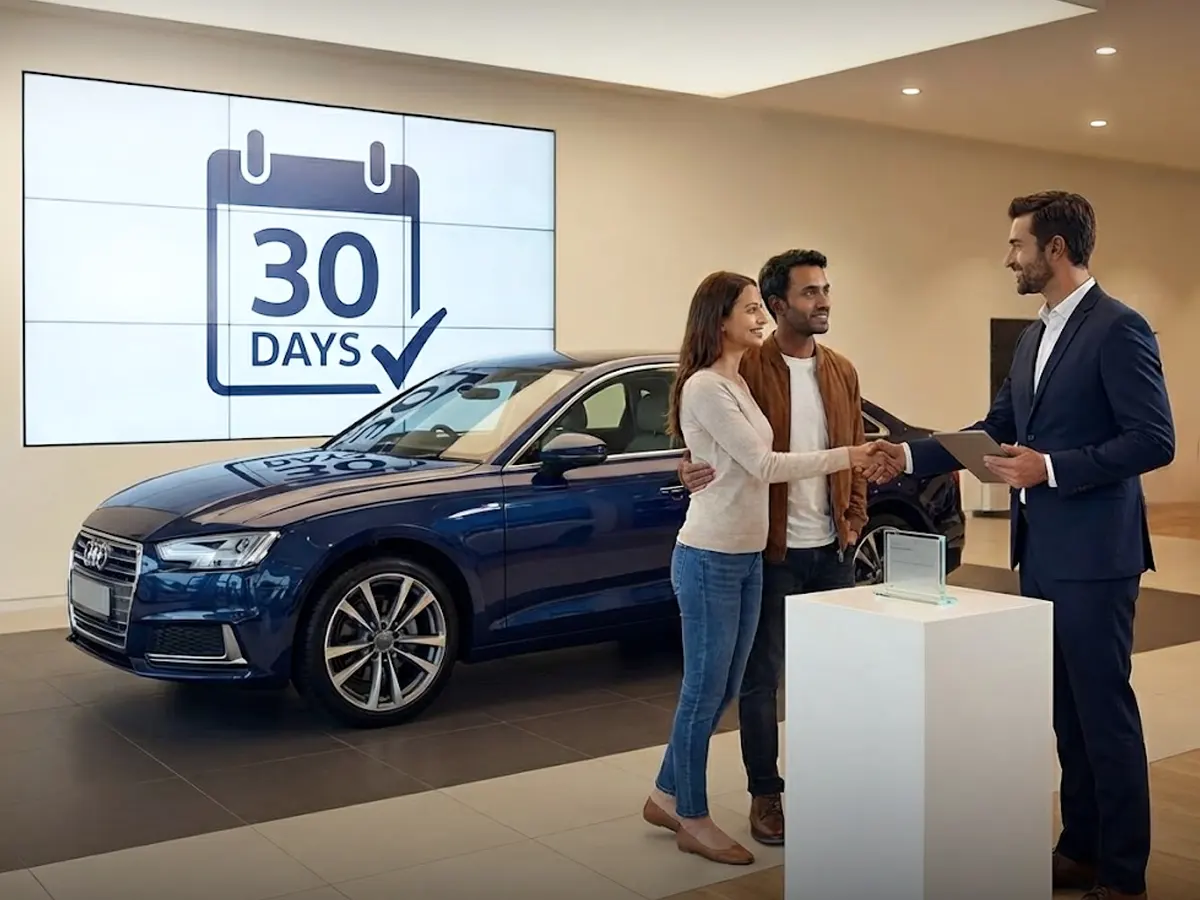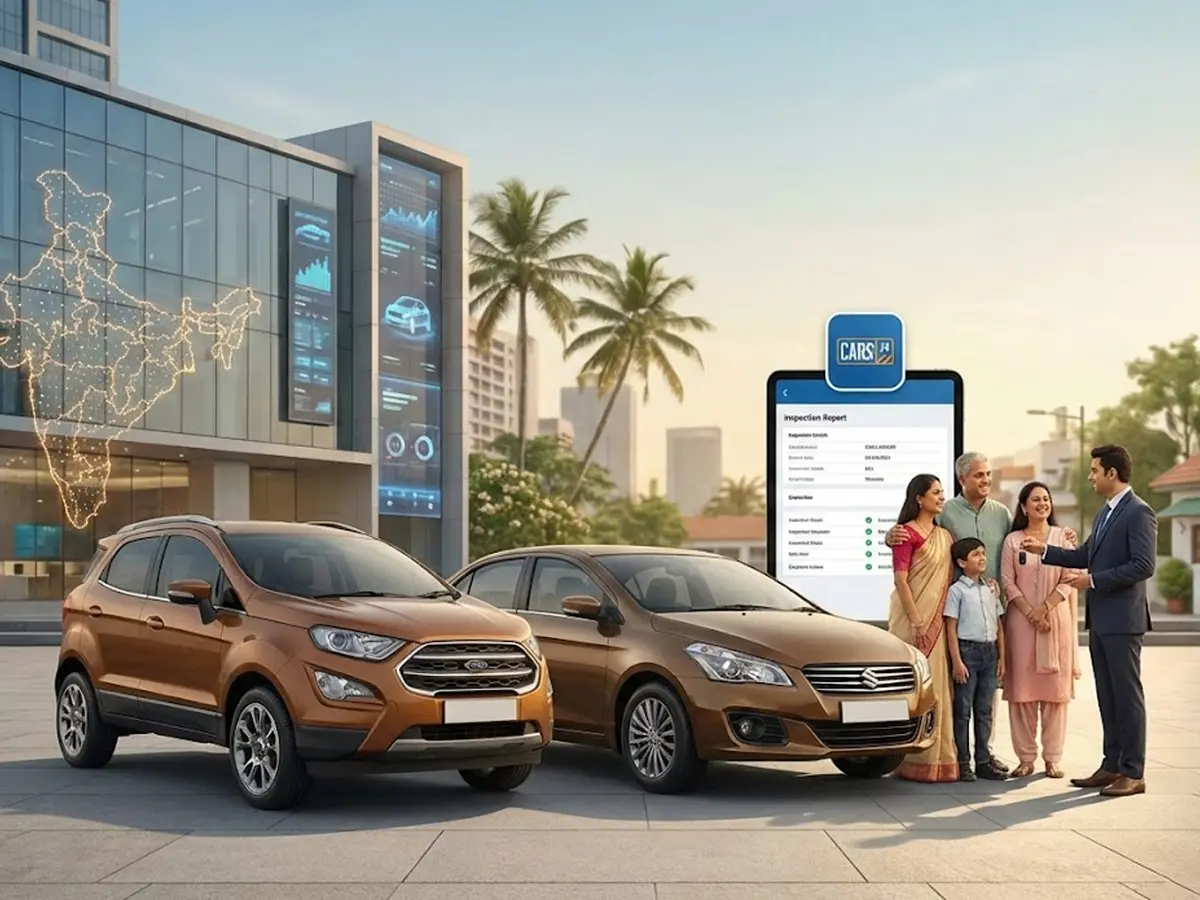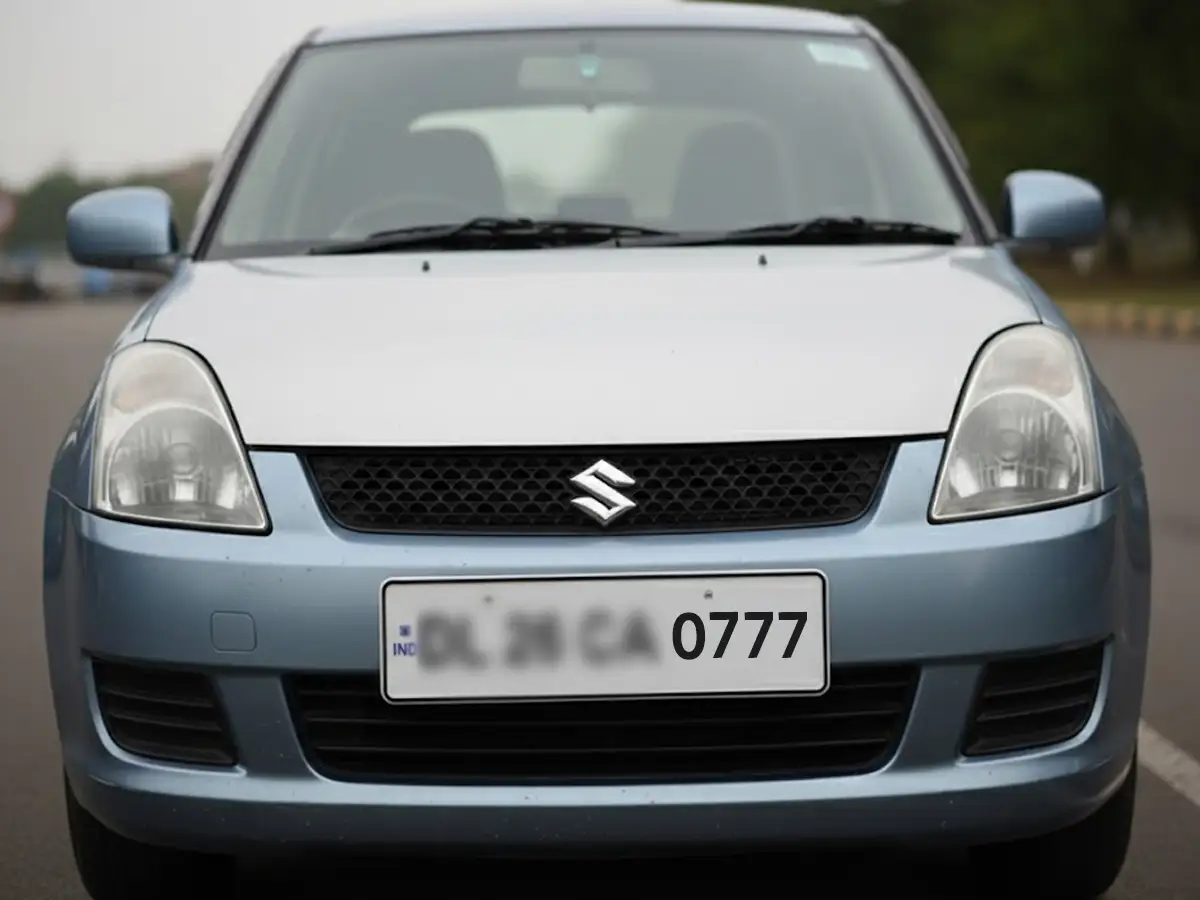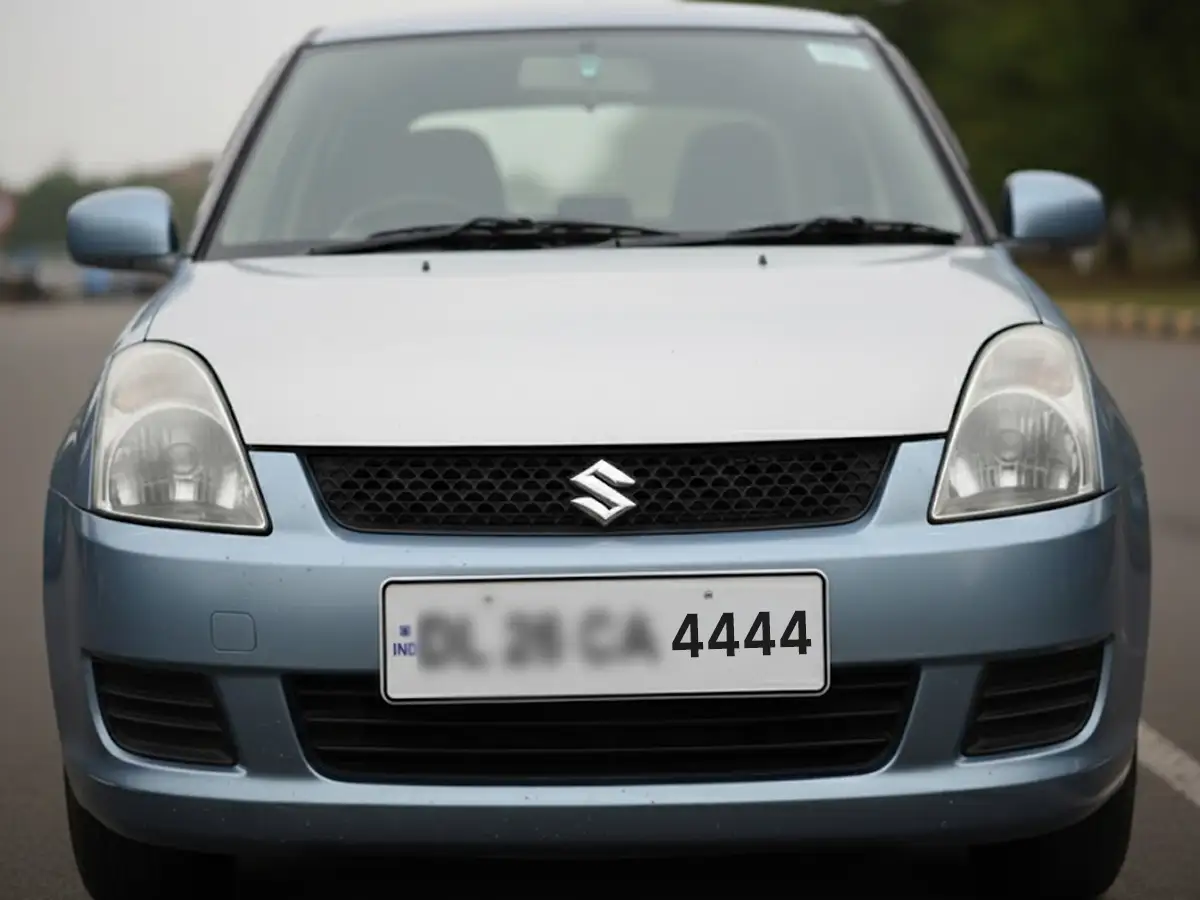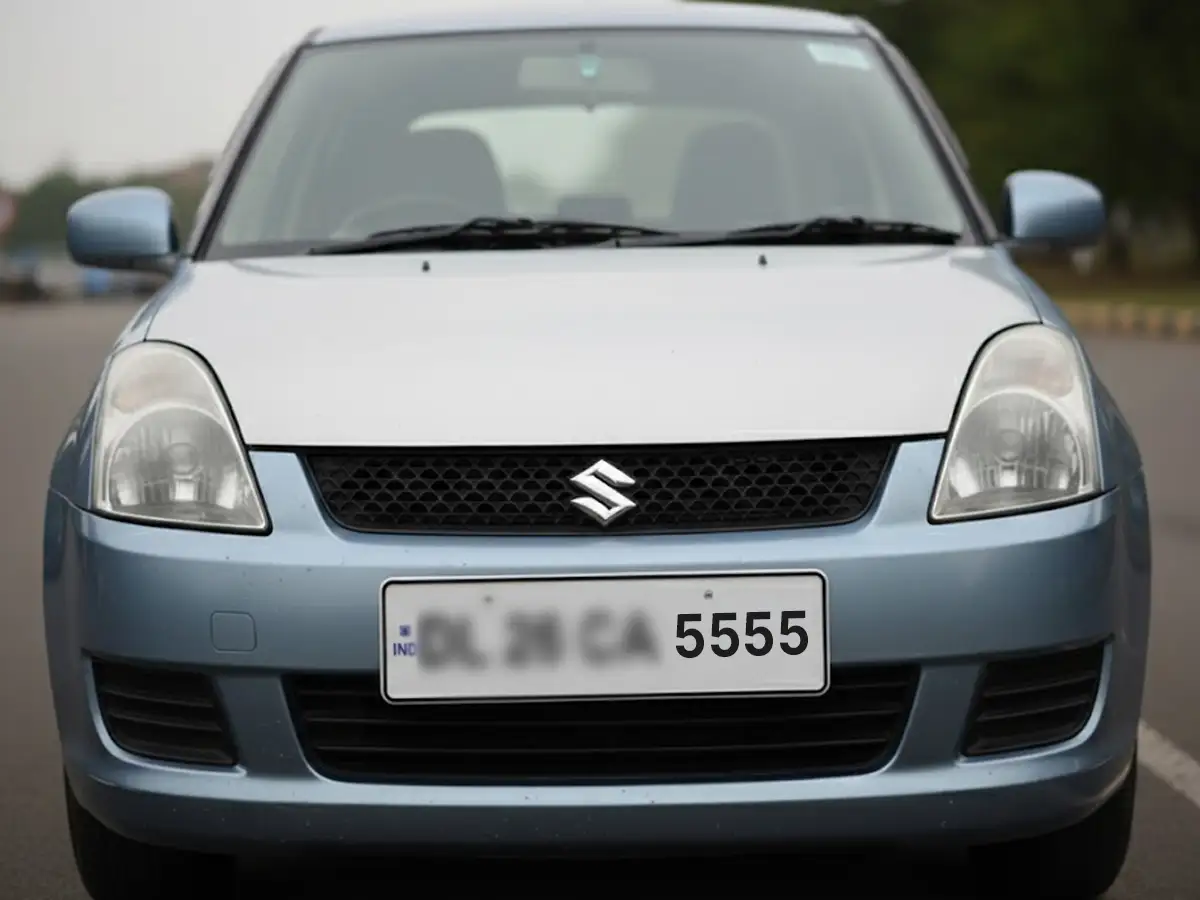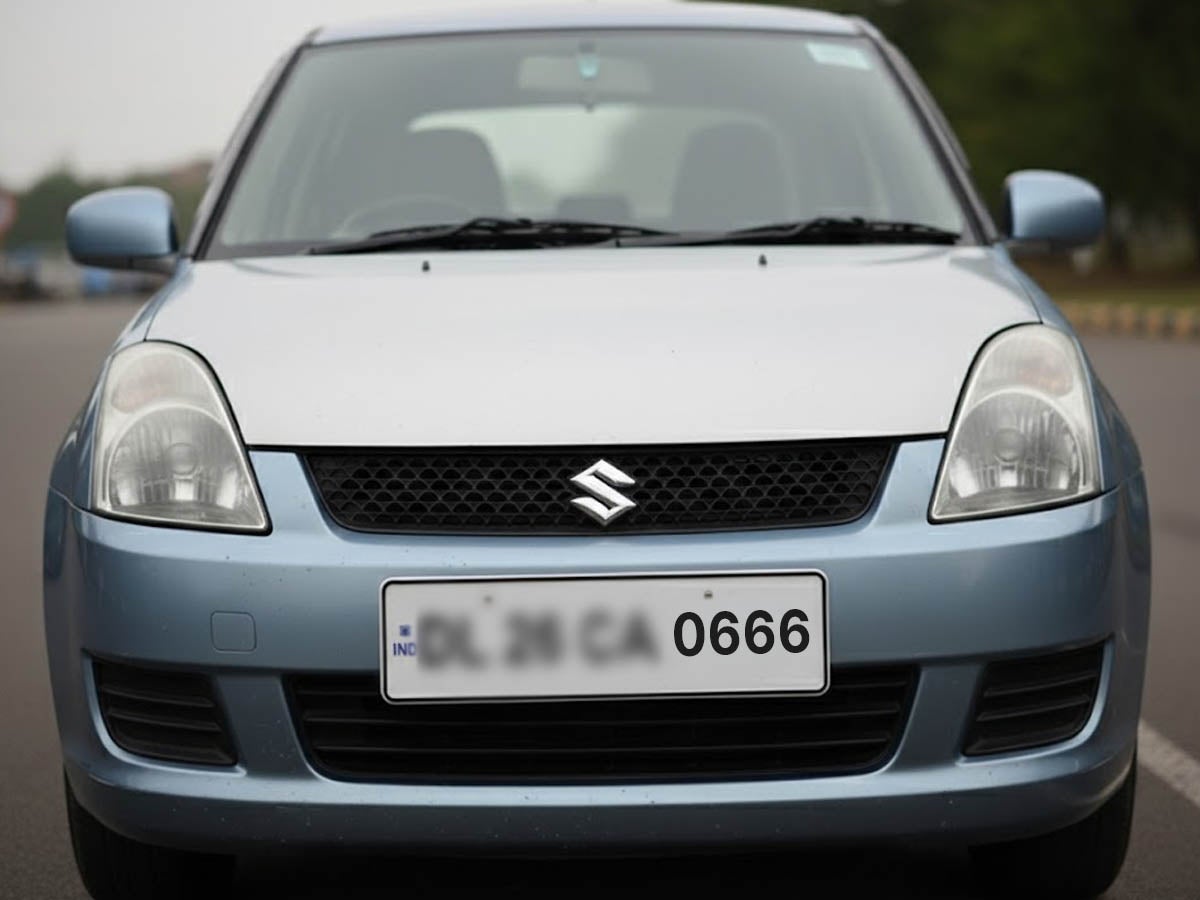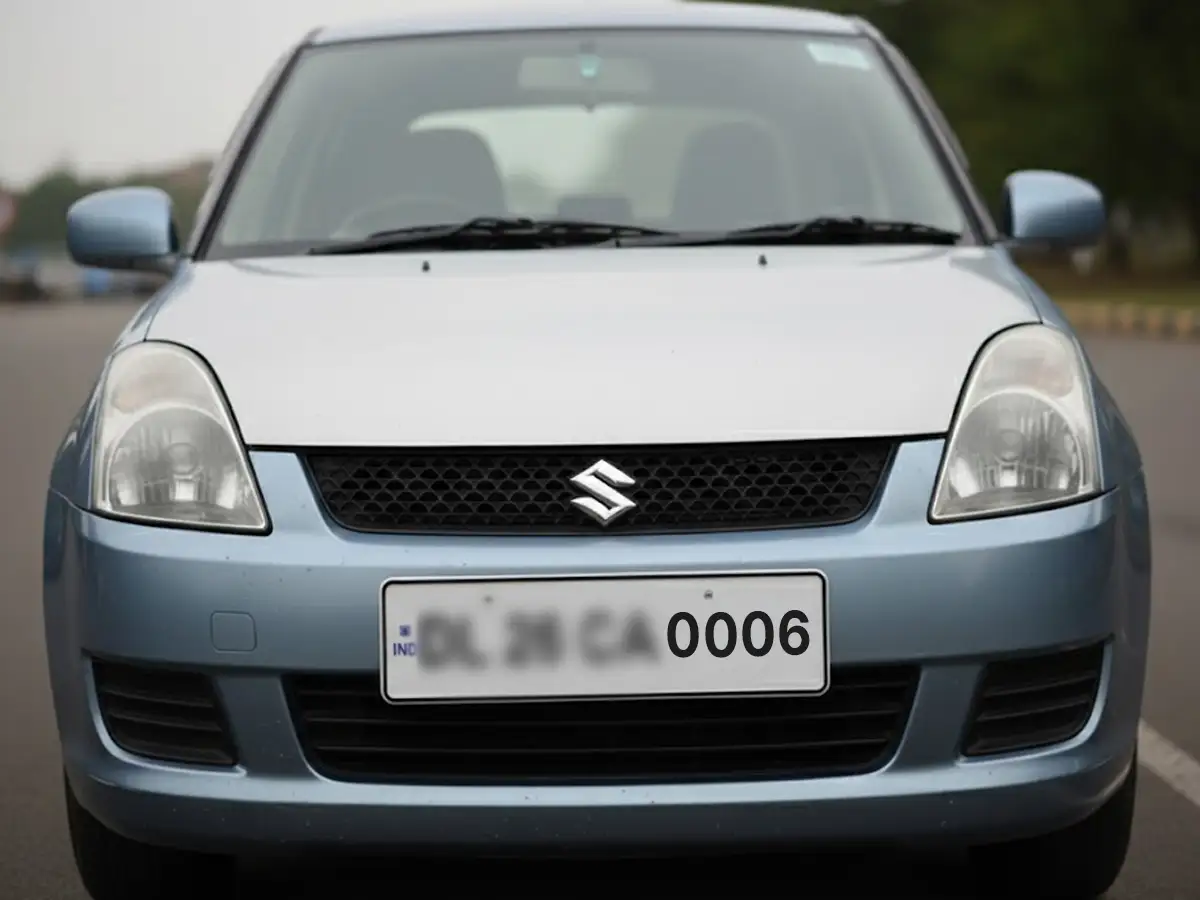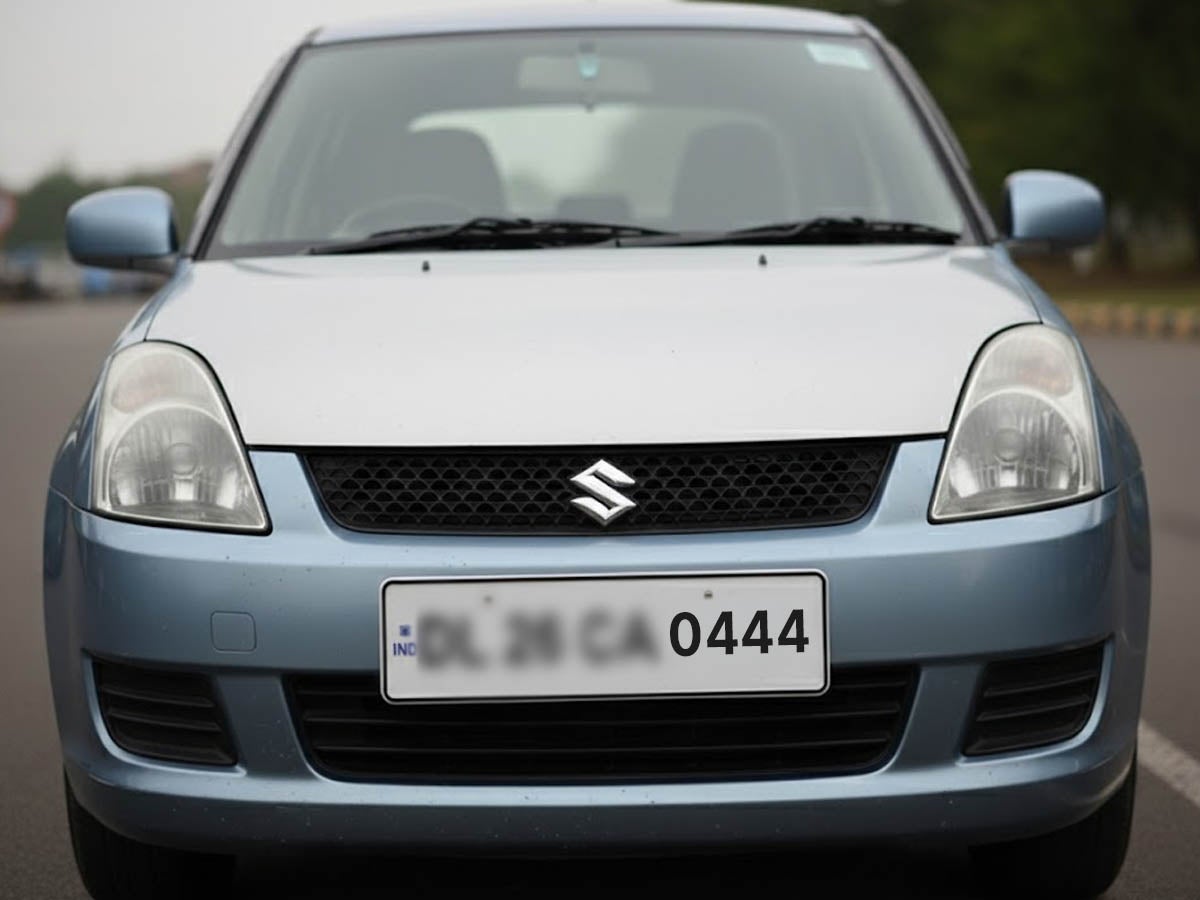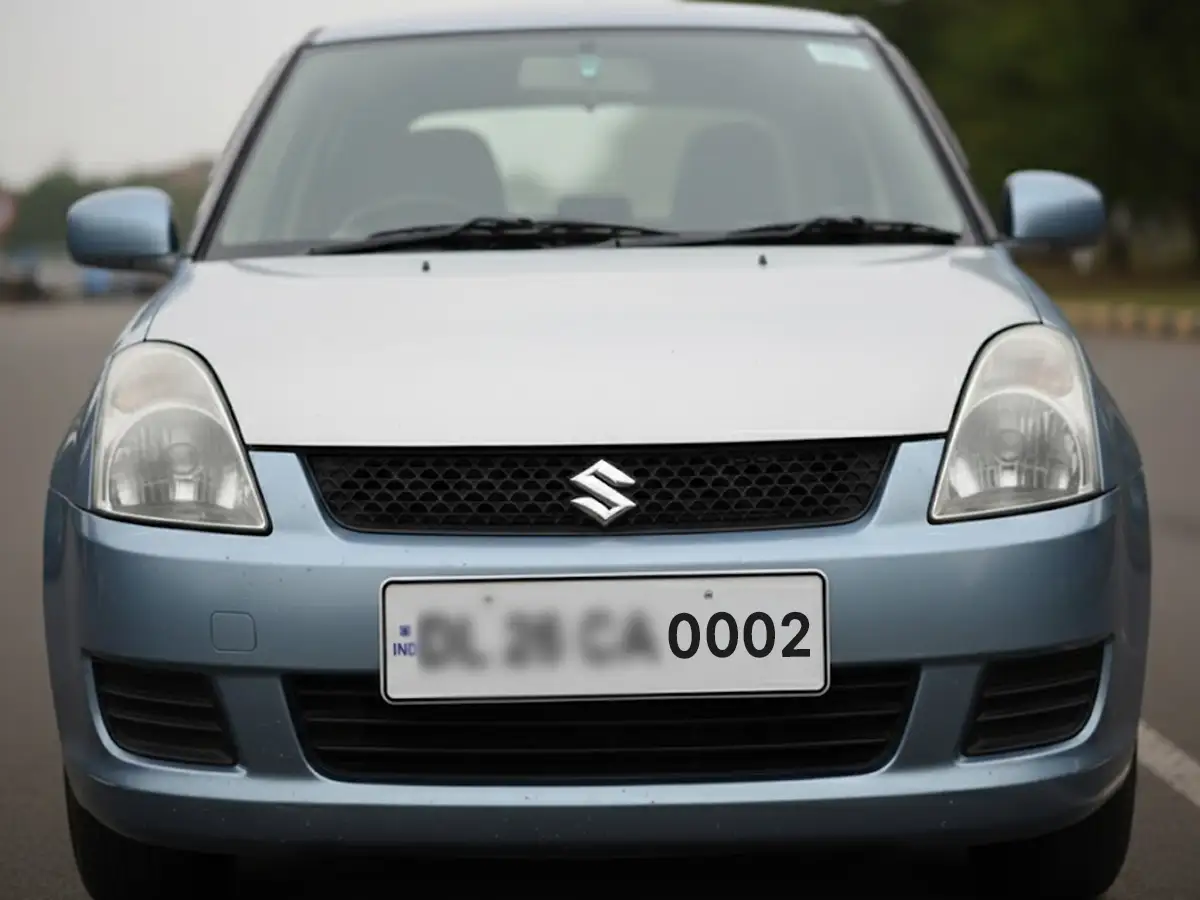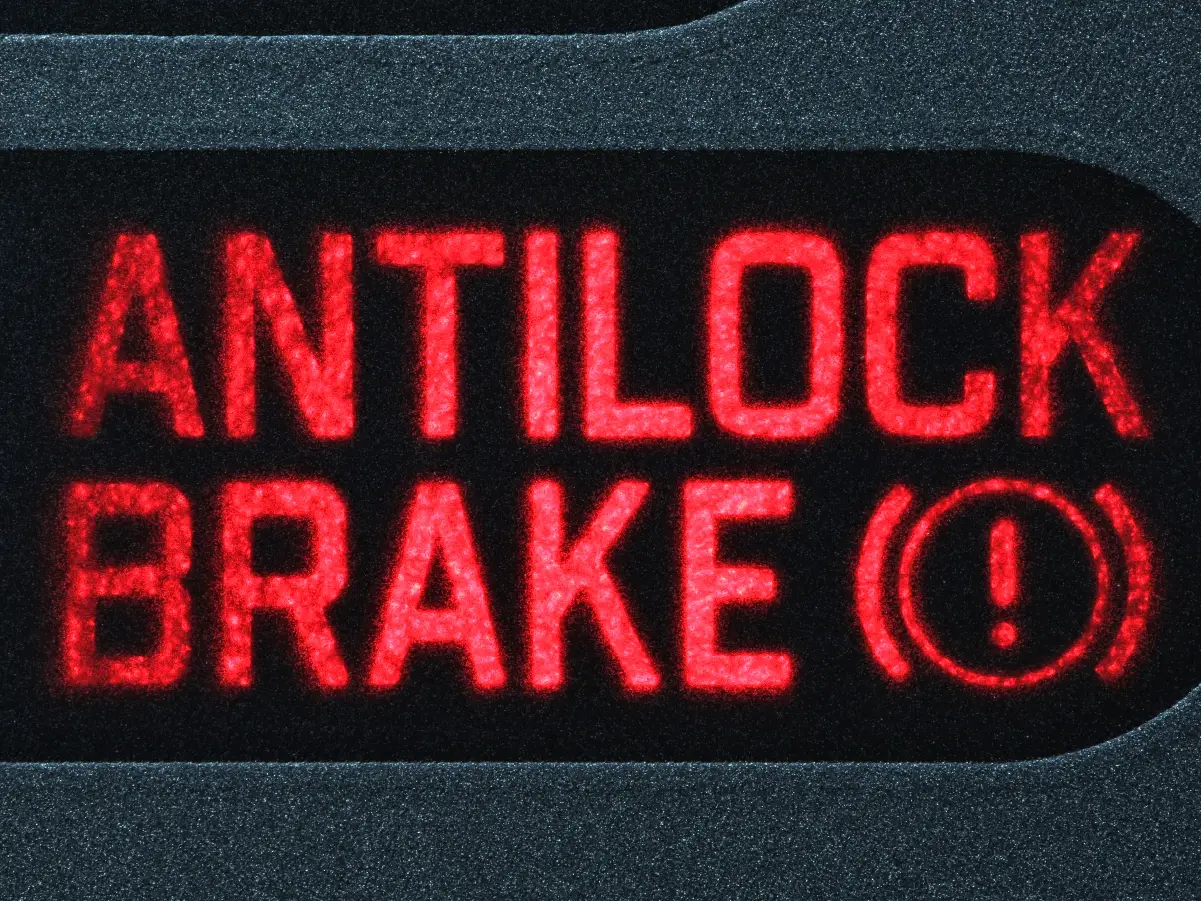

ABS Explained: How Anti-Lock Braking Systems Work
- 1ABS prevents wheel lock during hard braking and helps maintain car control
- 2ABS works using wheel speed sensors and modulator valves to prevent brake locking
- 3Now standard across most new cars sold in India and required by law since 2019
No one wakes up thinking, “Today I’ll test my brakes.” But when things go wrong, which they most usually do in the unpredictable Indian driving conditions, this test invariably happens. Be it a cow crossing the road or a rickshaw suddenly cutting you off, you need your car to stop without skidding like it’s auditioning for a Bollywood stunt scene. That’s where ABS, or Anti-lock Braking System, steps in. Without it, jamming the brakes in a panic could lock your wheels and send your car into a skid, leaving you with no control over where it heads next.
ABS helps prevent exactly that by modulating brake pressure automatically during emergency braking, ensuring the wheels keep rotating just enough to maintain traction. Originally developed for aircrafts in the 1950s (because skidding on a runway isn’t ideal), ABS trickled down into road cars by the late ‘70s and became mainstream in the decades that followed. The genius of ABS isn’t only in helping you stop, it’s in helping you steer while stopping. In the chaos of an emergency, it lets you avoid both the obstacle and the tree beside it.
How Does ABS Work?
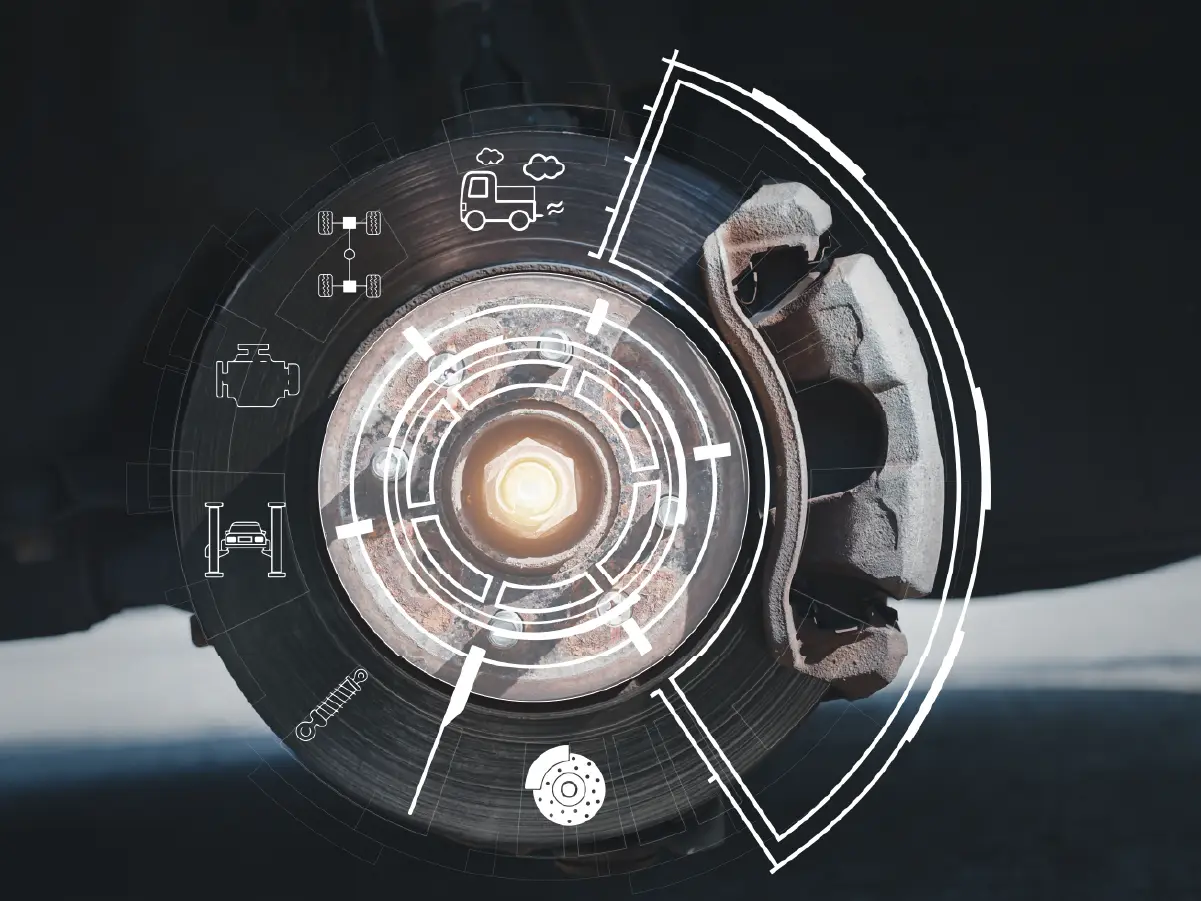
Think of ABS as your car’s personal brake whisperer, it steps in when panic hits and makes sure everything stays composed. Irrespective of drum or disc brakes on your car, when you slam the brake pedal in an emergency, your natural instinct might trigger a full-on brake force as you stomp hard on the brake pedal. Without ABS, this will most definitely cause the wheels to lock up, eliminating traction and sending the car into a skid.
What’s worse is that this loss of traction will also fix the direction of travel for the car, eliminating steering ability. ABS prevents that by rapidly modulating brake pressure so your tyres don’t lose grip even as brake pressure builds up and you can continue braking and steering safely.
Components of an Anti-lock Braking System:
- Wheel Speed Sensors: Monitor the speed of each wheel to detect lock-up.
- Hydraulic Valves: Control brake pressure to each wheel.
- Electronic Control Unit (ECU): The brain of all the car’s systems, it decides when to intervene depending upon applied brake pressure.
- Pump: Restores pressure to the braking system once it's been reduced.
All of this happens in milliseconds. When the ABS activates, you’ll often feel a pulsing in the brake pedal, that’s the system working, applying and releasing brake force up to 15 times per second. It’s fast, smart, and often invisible until you really need it. ABS helps you stop without losing the ability to steer, which might just be the difference between a close call and a collision.
What Does It Feel Like?

ABS kicking in feels a bit strange the first time one experiences it, like the brake pedal is buzzing or kicking back under your foot. It’s not your car breaking down or doing something wrong. That rapid pulsing or vibration is the ABS working at lightning speed, adjusting brake pressure dozens of times per second to prevent the wheels from locking up. It can be surprising, even alarming, but it’s perfectly normal. In fact, all types of car brakes, both conventional brakes and modern alternatives, feel very similar when the ABS is triggered.
When you feel that pulse, the best thing to do is stay calm and keep pressing the brake pedal firmly. Don’t lift off or pump the brakes, ABS is already doing that for you, but far more efficiently than your foot ever could. The pedal might feel like it’s pushing back, but that resistance is the system maintaining control, so as to not overpower it and effectively regulating the optimum brake pressure. Trust it, stay committed, and you’ll likely come to a stop faster and straighter than you would have otherwise.
How Do I Know If My ABS Is Working?
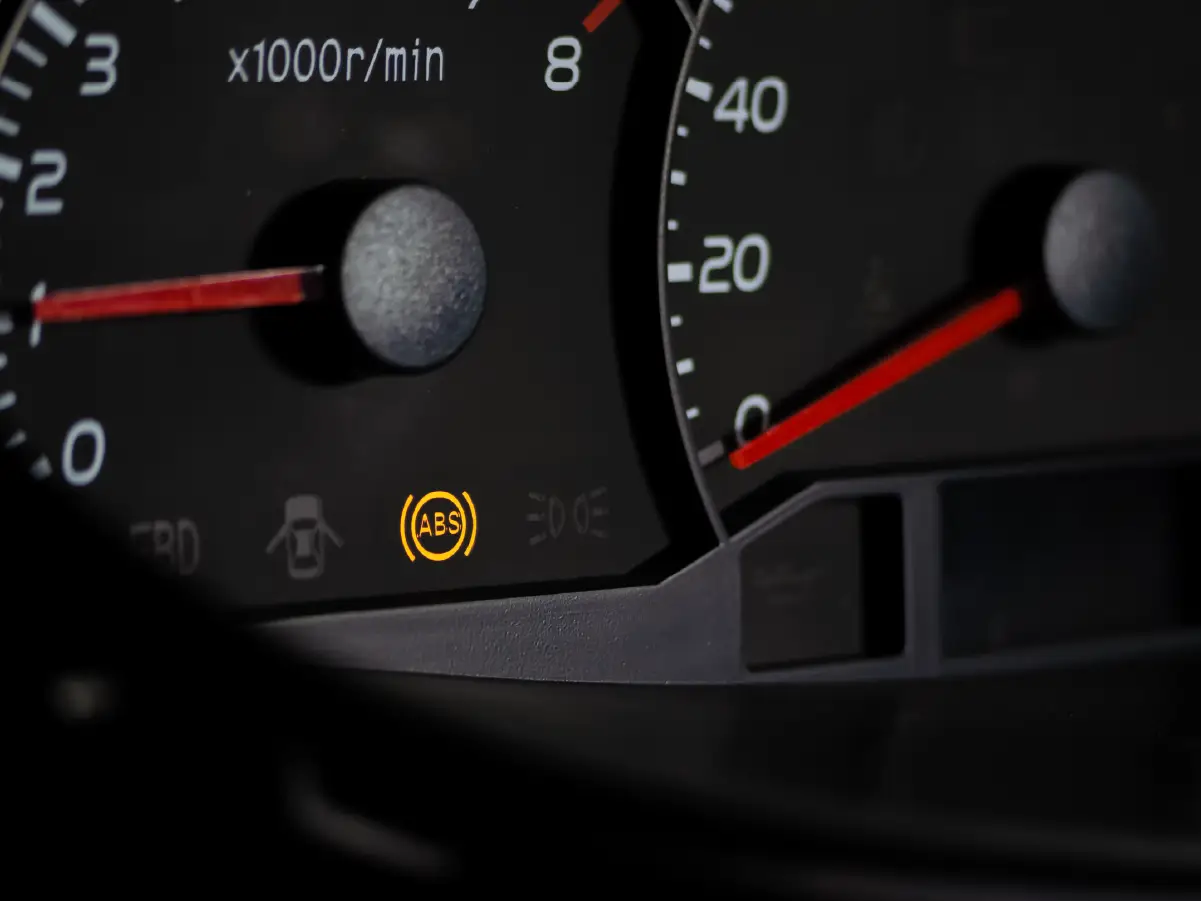
Most drivers never think about ABS until it saves their skin. But it’s always good to know whether this critical safety system is functioning properly because when you need it, you really need it.
The easiest check is during ignition. When you start your car, the ABS warning light on the dashboard should briefly illuminate, then disappear within a few seconds. That brief flash means the system has run its self-diagnostic and everything is good to go. However, if the light stays on or lights up again while you’re driving, it’s a clear sign that something’s not right with the system, and it’s time to visit a service center.
You’ll also feel ABS in action during an emergency stop. If you suddenly brake hard and the pedal pulsates or vibrates rapidly under your foot, that’s ABS doing its job by preventing wheel lock and helping you steer while braking. This controlled pulsing happens multiple times per second and is completely normal.
Types of ABS
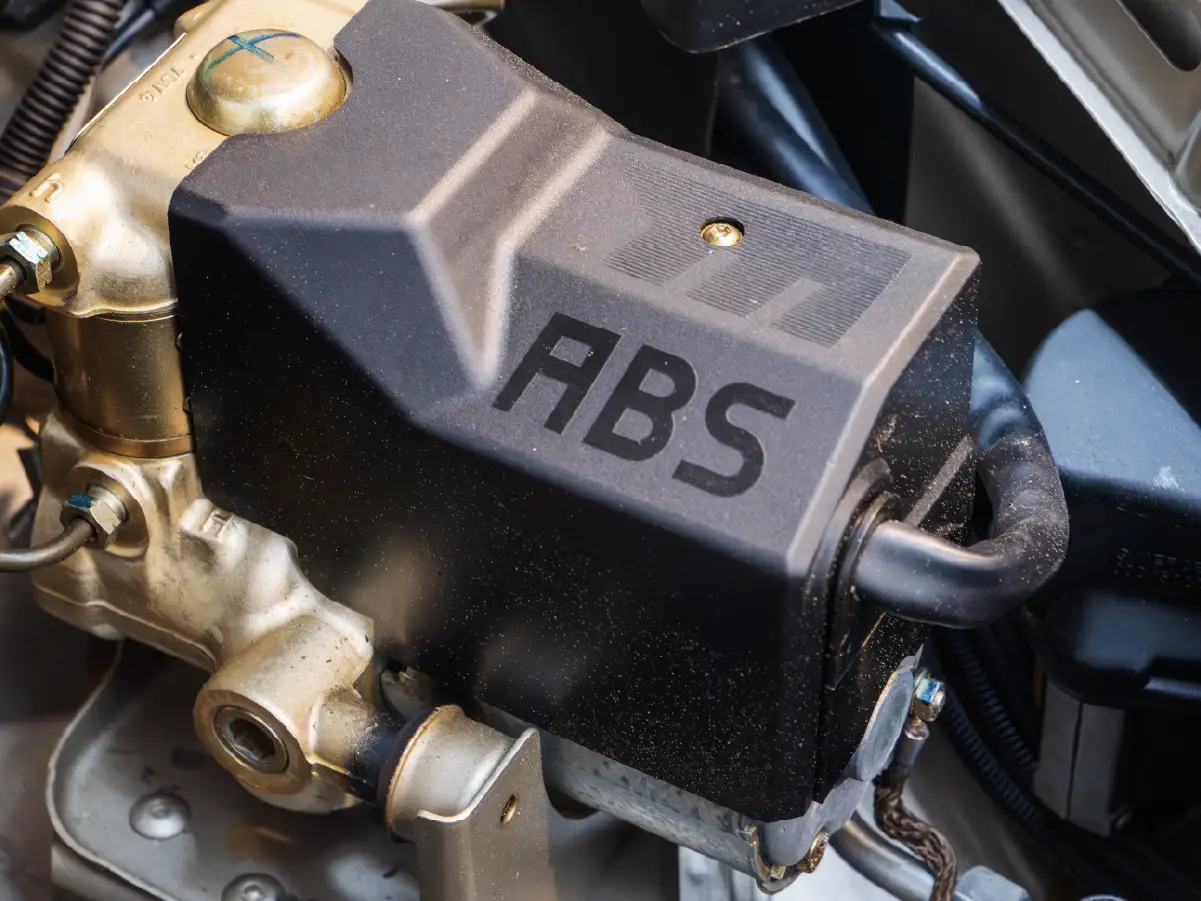
Not all ABS systems are created equal, just like shoes, they come in different sizes and fits depending on the vehicle’s needs and age. The effectiveness of an ABS depends heavily on how many channels (control paths for brake pressure) and sensors (to monitor wheel speed) are involved.
Four-Channel, Four-Sensor ABS is the gold standard, usually found in modern passenger cars and high-end vehicles. It monitors each wheel individually and adjusts brake pressure precisely where needed. This means maximum control, whether you’re swerving to avoid a dog or braking hard in the rain.
Three-Channel, Three-Sensor ABS is often found in light trucks or older SUVs. It gives independent control to the front wheels but treats both rear wheels as a pair. It’s better than nothing but slightly less refined, as rear stability may be compromised under hard braking.
Single-Channel, Single-Sensor ABS is the most basic setup, typically found in older vehicles. Here, the system treats all wheels as a group, monitoring and adjusting them together. It still helps prevent lock-up, but it lacks the finesse of multi-channel setups. Commuter and affordable motorcycles also use a single-channel ABS to control a single wheel, usually the front. On the other hand, performance-oriented and premium motorcycles use a dual-channel ABS to monitor and control wheel-lock for the individual wheels.
The more channels and sensors there are in the system, the more surgical the braking intervention, and the safer you are when things get sketchy. When looking for used cars, it’s wise to consider the safety features on offer for the model you’re checking out and ABS is a must have along with airbags.
ABS vs. Non-ABS Braking

Without ABS, slamming on the brakes in an emergency can turn your car into an uncontrollable sled. When the wheels lock up under heavy braking, they stop rotating and start sliding. This means your tyres lose grip with the road, and once that happens, you’re no longer in charge, your car is. You can’t steer, can’t avoid obstacles, and certainly can’t stop as quickly as you’d like to. Imagine trying to run on ice with your shoes tied together, that’s what non-ABS braking feels like. You either have to be incredibly talented like race car drivers to modulate the exact brake pressure required for a given surface type and prevent skidding, or firmly believe in miracles and a prayer.
With ABS, things become much safer as the possibility of human error is nearly eliminated. ABS prevents the wheels from locking by rapidly pulsing the brake pressure, irrespective of how hard the brake pedal is pressed. It keeps the wheels turning and as long as the wheels are turning, you maintain some level of traction and control. That means you can steer around hazards, even while braking hard with nearly no chance of skidding. You won’t stop in a shorter distance every time, but you’ll stop with much more control. In wet or slippery conditions, that difference can be exponential in keeping you safe or ending up in a collision.
| Feature | ABS | Non-ABS |
| Steering Control | Yes | No |
| Skid Prevention | Yes | No |
| Braking Distance | Varies | Can be shorter but less controlled |
| Safety | High | Lower |
ABS however, isn’t magic, it won’t eliminate all the risks and cannot always account for surface conditions. Loose surfaces like gravel can be very tricky to manage for an ABS designed for the road. Nonetheless, it massively improves your odds.
Cars in India That Come With ABS
Since April 2019, ABS has been mandatory on all new cars sold in India. Although, here are a few models that have standout systems:
- Hyundai Grand i10
- Maruti Suzuki Baleno
- Nissan Magnite
- Kia Seltos
- Mahindra Scorpio
- Volkswagen Virtus
The safest cars in India definitely feature ABS, whether it's budget hatchbacks or premium SUVs, you’ll find ABS across the board. And more modern cars will have it paired with other safety systems.
Why ABS Still Matters in 2025
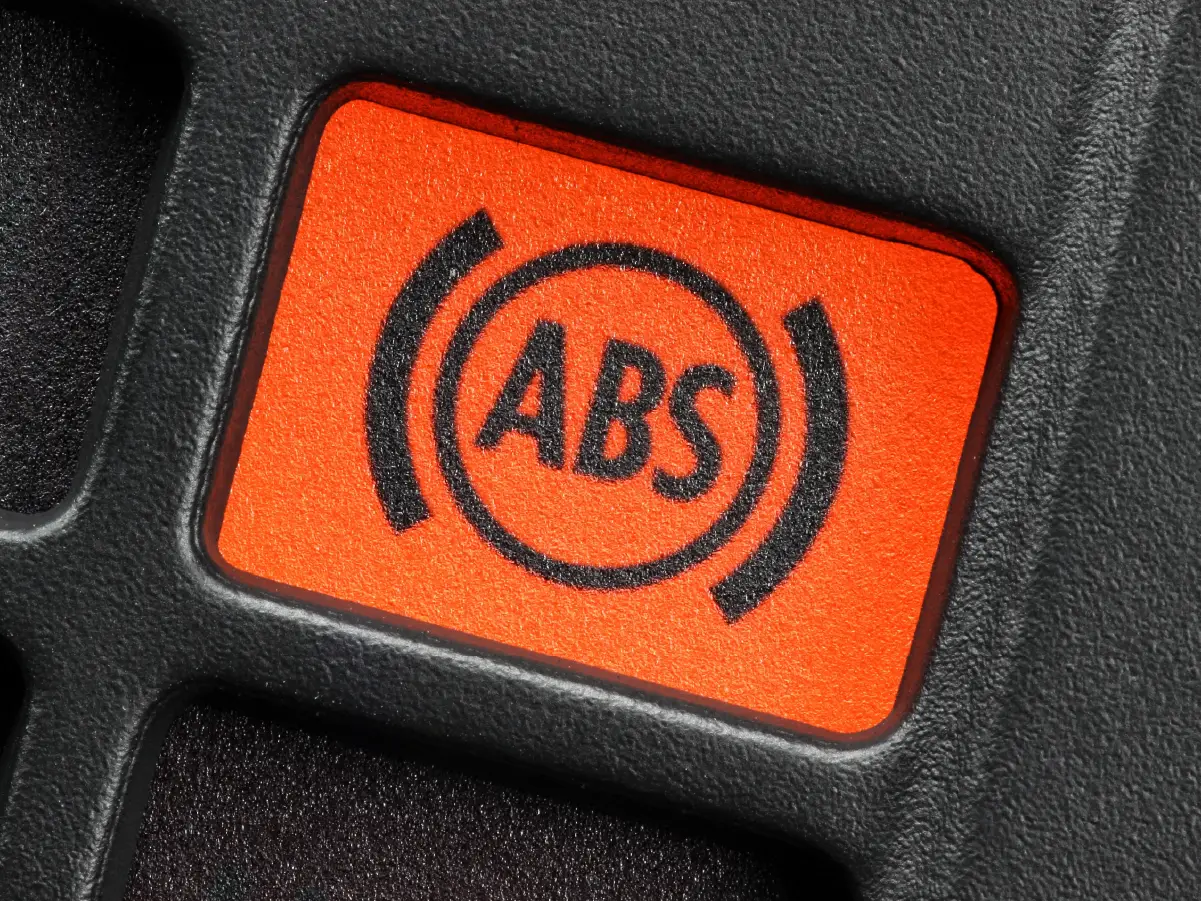
Even with the rise of advanced safety tech like radar-based emergency braking, adaptive cruise control, and grippy tyres, ABS still plays the starring role when it comes to stopping safely. It’s not just old-school tech clinging on, it’s the foundation of safety technology that allows all other newer systems to work effectively. When you slam on the brakes, ABS is the first to respond, working behind the scenes to prevent wheel lock and keep you in control. Especially in India, where road conditions can be unpredictable, ABS ensures that panic stops don’t turn into tragic outcomes.
With road conditions constantly shifting from smooth expressways to pothole-riddled backroads in minutes, ABS isn’t optional, it’s essential. Unexpected jaywalkers, rogue cows, or sudden downpours all turn daily driving into an obstacle course, and ABS helps mitigate the risks. It also doesn’t work alone. ABS teams up with Electronic Stability Control (ESC), which helps prevent skids, and Traction Control (TC), which limits wheelspin. These systems rely on ABS sensors and logic, making it the anchor for a full suite of modern car safety technologies.
Conclusion
The Anti-lock Braking System is like a silent guardian that’s always there, always watching, but never showing off. Most of the time, you won’t even know it’s working. But when you find yourself slamming the brakes on a rainy day or avoiding an unexpected obstacle, ABS suddenly becomes the hero of the moment. It doesn’t make your car invincible, and it can’t rewrite the laws of physics, but it dramatically improves your chances of staying in control when it matters most.
From slippery urban streets during monsoons to broken roads on rural highways, ABS adapts in real-time. It prevents your wheels from locking up and lets you steer even under hard braking. It’s not just about stopping, it’s actually about stopping smart and preventing a mishap. That distinctive pedal judder when ABS activates isn’t a cause for alarm, it’s a sign that the system is doing exactly what it was designed to do and that’s keep you safe. So the next time the pedal pulses beneath your foot, don’t back off, trust the tech. It’s not your car resisting, it’s your car protecting you.
Frequently Asked Questions
Expand all



